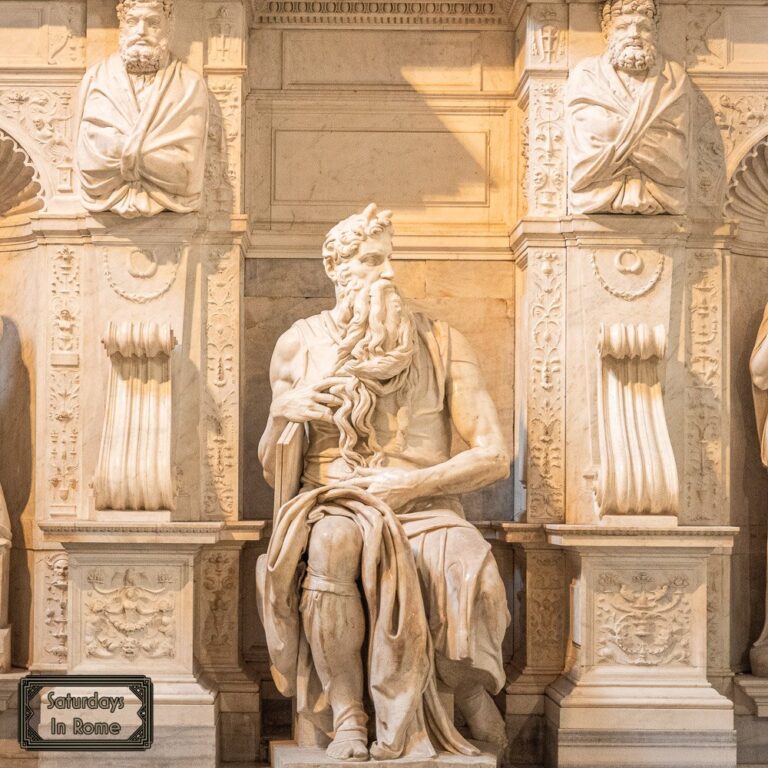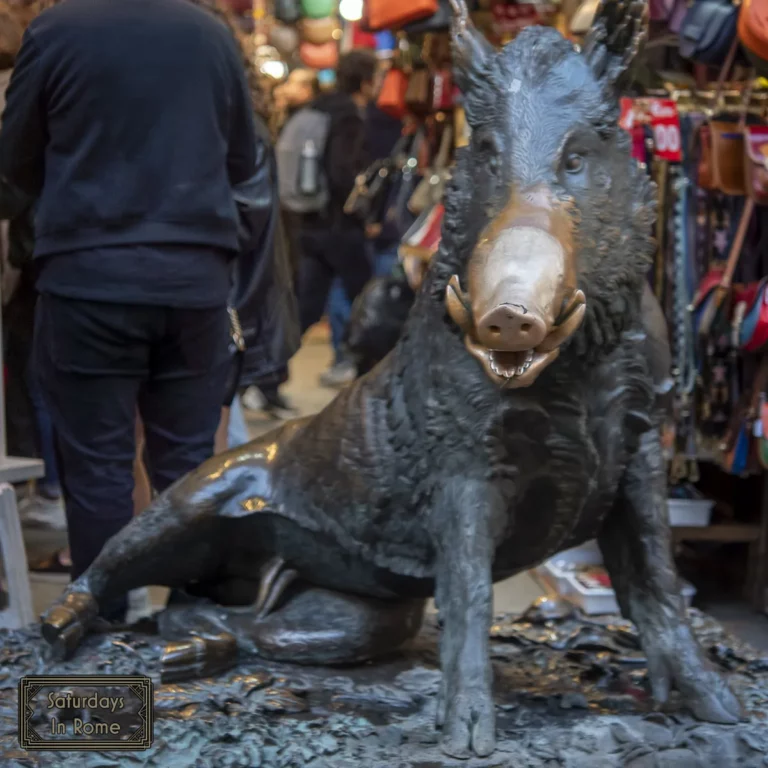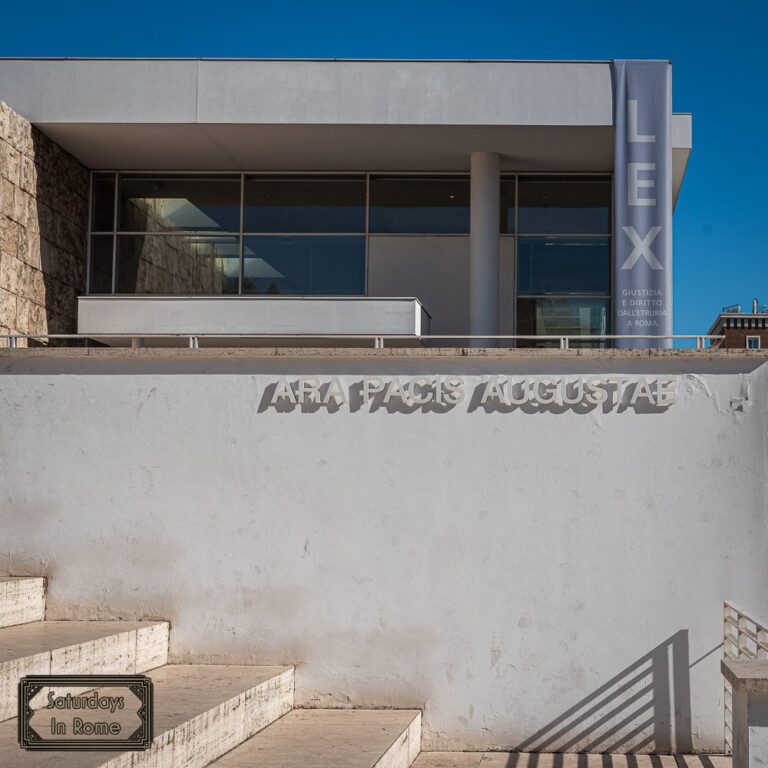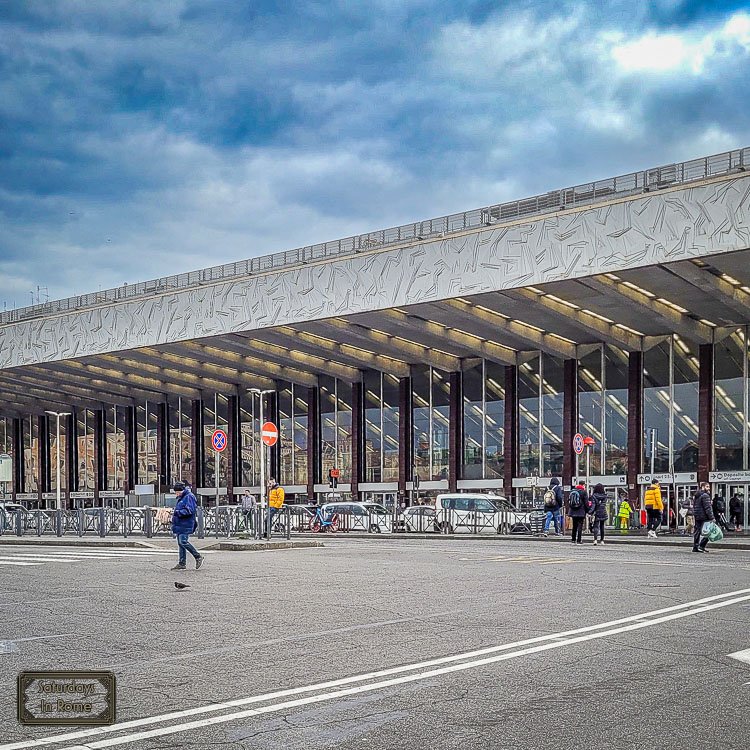Egyptian Obelisks In Rome Need To Be On Your Itinerary
Ancient Romans had a passion for all things Egyptian and we’ll explain why the Obelisks in Rome need to be on your next itinerary.
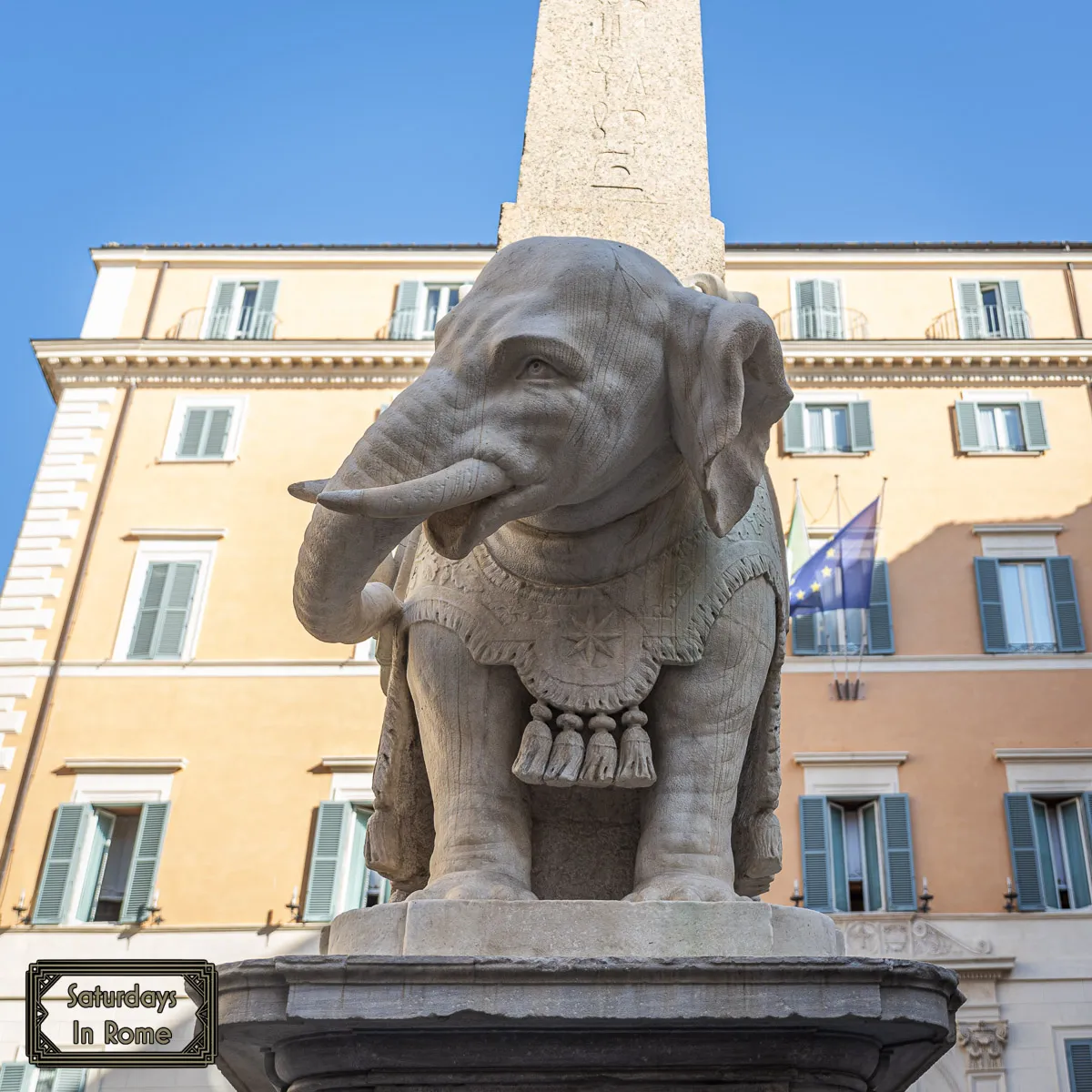
When you think of Rome, your mind likely jumps to the most popular sites that survive today from the time of the Ancient Roman civilization: The Colosseum, the Roman Forum, or the Pantheon, all are masterpieces of ancient Roman civilization.
But tucked among the iconic ruins of Rome is something unexpected, a stunning collection of ancient Egyptian monuments. In fact, Rome has more Egyptian obelisks than anywhere else in the world, including Egypt itself. Rome can even boast about having its very own pyramid!
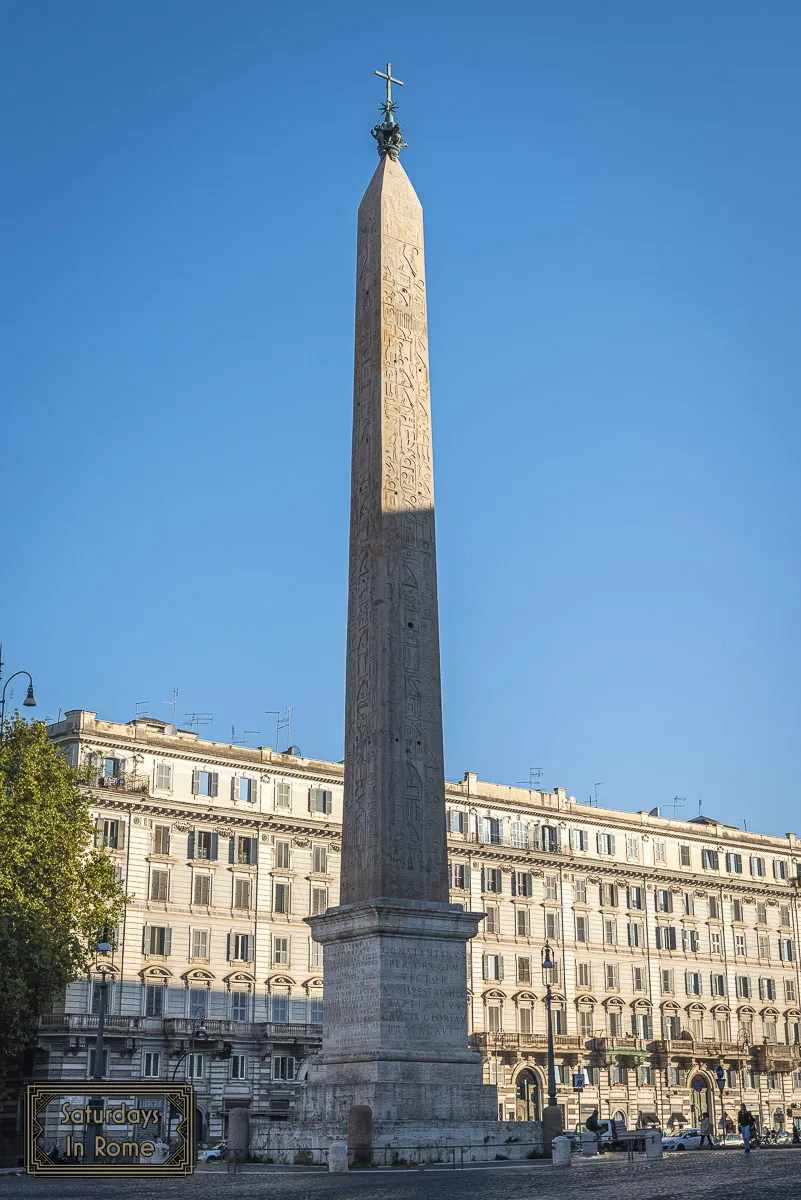
Rome’s connection to Egypt dates back over 2,000 years, to the moment the Roman Empire absorbed Egypt as a province. The Romans were fascinated with Egyptian culture, seeing it as both ancient and exotic. This fascination led them to import incredible artifacts, build grand monuments and even build tombs inspired by Egyptian designs.
In this guide, we’ll take you through the 13 magnificent Egyptian obelisks scattered around Rome and explore the story behind the city’s singular remaining Pyramid of Cestius. If you want even deeper dives into these subjects, check out our detailed linked guides throughout the article.
Need Help Planning?
- Cheap Flights: Find The Most Affordable Flights.
- Accommodations: From 1 to 5 Stars And More.
- Car Rentals: Affordable Travel Across Italy.
- Sightseeing Tours: Explore Some Amazing Tours.
- Buying An eSIM: Stay Connected In Italy.
This post includes affiliate links.
The Egyptian Obelisks Of Rome
Egyptomania In Ancient Rome
After Emperor Augustus’ victory over Mark Antony and Cleopatra in 58 BCE, Egypt became a Roman province. Roman fascination with Egyptian art, architecture, and religion exploded. For the Romans, Egyptian artifacts symbolized timelessness, divine power, and imperial authority.

It became a trend among emperors to import Egyptian obelisks to Rome. Not only did these towering structures demonstrate Roman dominance over Egypt, but they also embodied the eternal connection between the emperor and the gods.
Today, Rome is home to thirteen obelisks, eight of which are genuinely ancient Egyptian, while the rest were carved in Roman times, often using Egyptian stone and styles.
What Are Obelisks?
Obelisks are monumental pillars of varying height, typically crafted from a single piece of stone (monolith). However, due to their age, very few remain as a single piece and have needed restoration over the years.
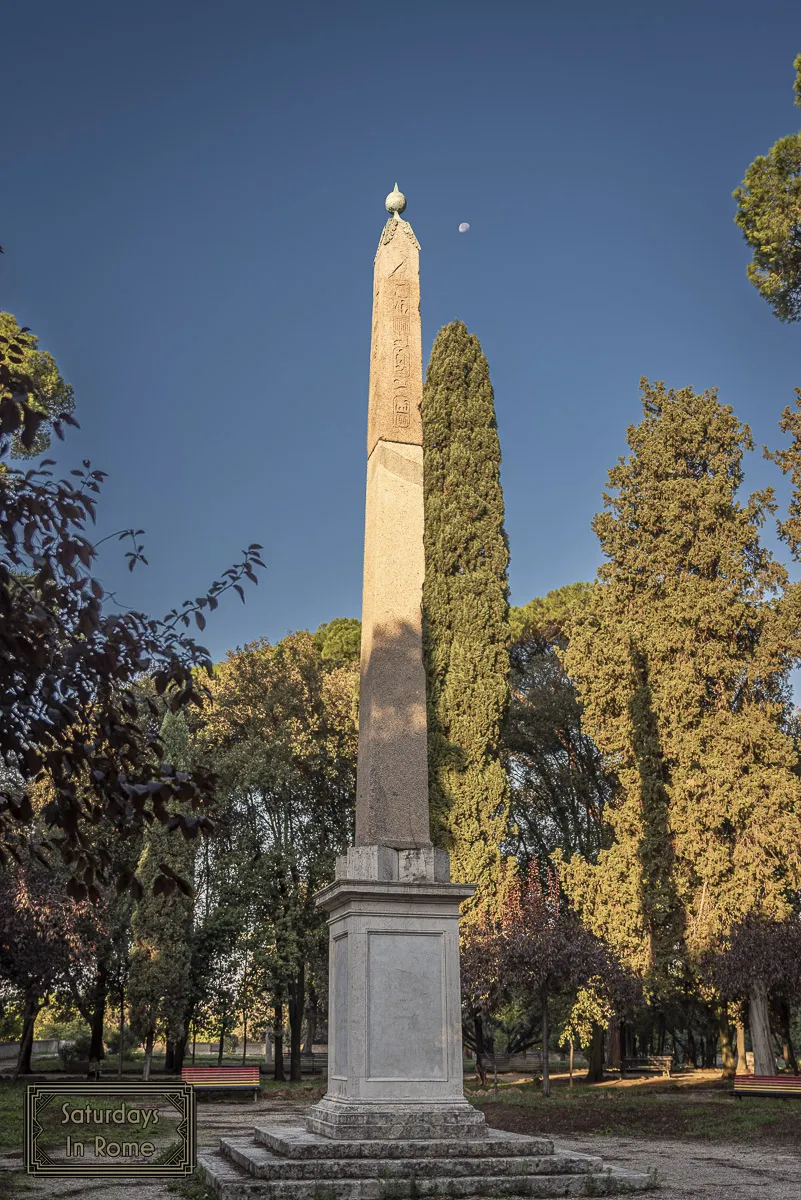
They are four-sided, tapering as they rise, and capped with a pyramid-shaped tip known as a pyramidion. In ancient Egypt, they were associated with the sun god Ra, symbolizing a ray of sunlight reaching from the heavens to earth.
Obelisks were usually erected in pairs at temple entrances and were inscribed with hieroglyphs commemorating pharaohs and their divine deeds.
How The Obelisks Arrived in Rome
Transporting these massive monuments across the Mediterranean was an incredible test of Roman engineering. Specialized ships were designed solely to carry obelisks. Once in Rome, they were placed at key locations, like circuses, forums, and temples, as statements of Roman power and their connection to the divine.
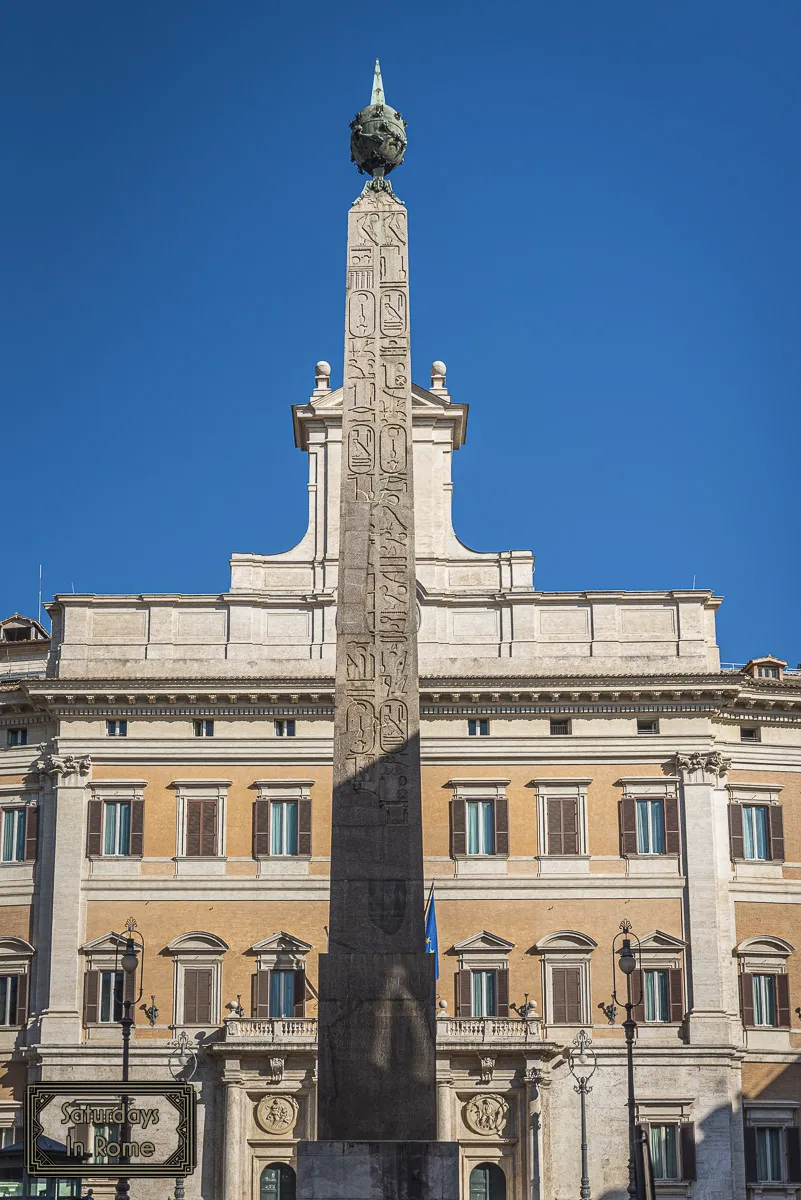
Over time, many fell during the city’s turbulent medieval centuries but were rediscovered and re-erected during the Renaissance and Baroque periods.
Some Key Ancient Egyptian Obelisks In Rome
Let’s explore some of the most fascinating obelisks you can still visit today:
- Obelisk of Montecitorio (Solare)
Standing proudly in Piazza di Montecitorio, near the Italian Parliament, this obelisk was brought to Rome by Emperor Augustus in 10 BCE. Originally from Heliopolis, it was used as the gnomon of a massive sundial, the Horologium Augusti.
Over the centuries, the obelisk toppled and broke into pieces. It was rediscovered in the 18th century and reassembled where it now stands. The obelisk, also known as Solare, was a sundial system that was considered a marvel of Roman timekeeping, symbolizing Augustus’ control over time itself.
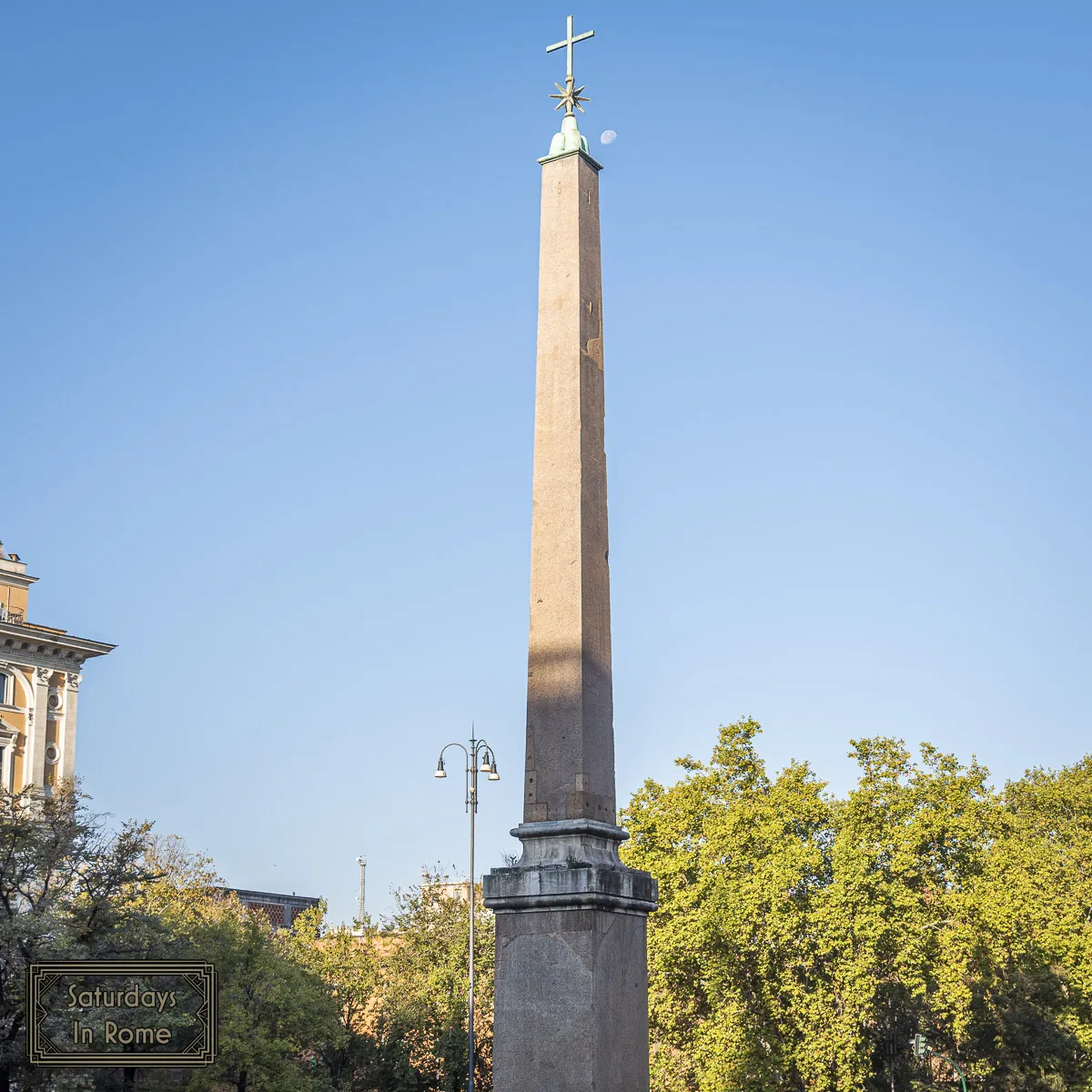
- Obelisk of Piazza del Popolo (Flaminio)
Located in the center of Piazza del Popolo, the Flaminio Obelisk is among one of the oldest brought to Rome. Its hieroglyphics extol the virtues of the Pharaohs Ramses II and his son Merneptah from the 13th century BC.
During the Renaissance, Pope Sixtus V had the obelisk dug up in Circus Maximus and erected in the newly developed Piazza del Popolo, forming a central axis leading toward St. Peter’s Basilica.
For the best view of Piazza del Popolo and the Flaminio Obelisk, be sure to climb up to the Pincian Hill, on the edge of Villa Borghese for a gorgeous view over the Piazza.
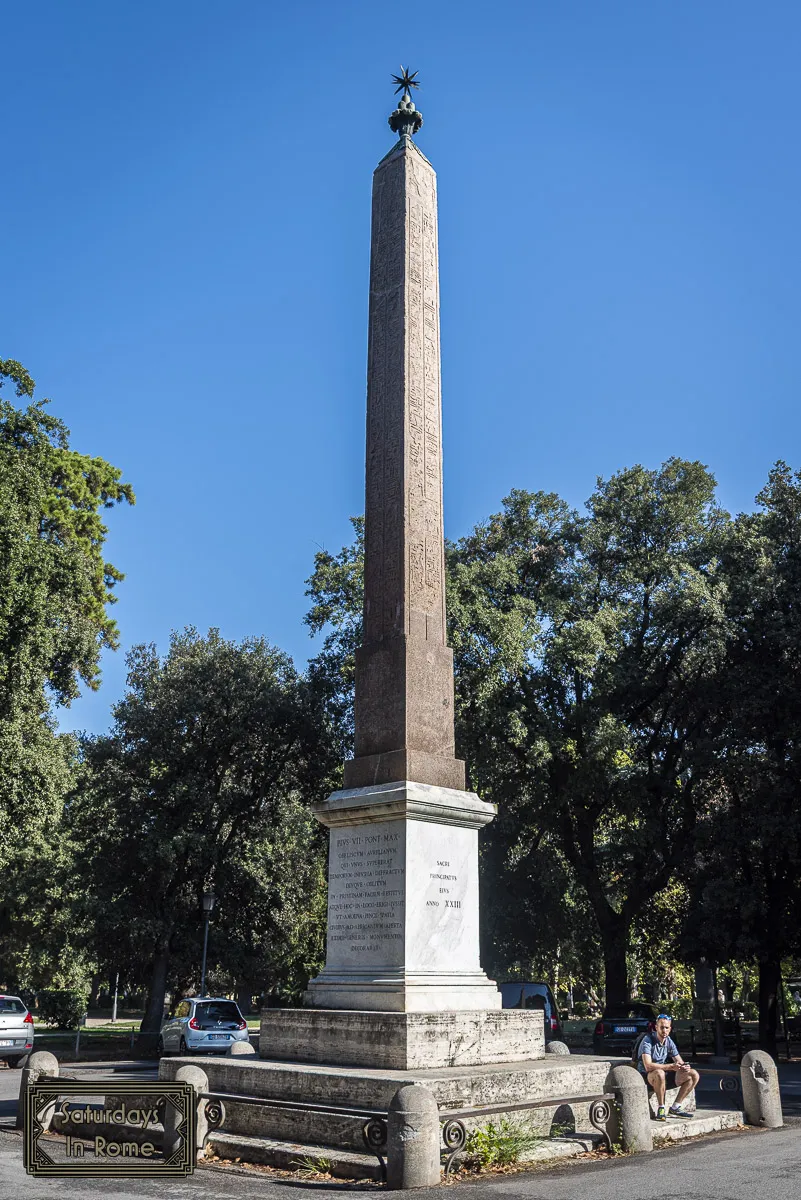
- Lateran Obelisk (Lateranense)
The Lateran Obelisk is the oldest and tallest surviving ancient Egyptian obelisk in the world! Another of Pope Sixtux V’s projects, this was also dug up when Circus Maximus was evacuated.
Today, it stands in front of the Archbasilica of St. John Lateran, towering at 105 feet (32 meters) and 400-tons without its base. At this weight, the Lateran Obelisk is heavier than even the Vatican’s obelisk!
- Obelisk of Piazza della Minerva (Elephant and Obelisk)
One of the most charming monuments in Rome, the Minerva Obelisk is the city’s smallest authentic Egyptian obelisk. It’s perched on the back of a delightful marble elephant sculpted by Gian Lorenzo Bernini. The elephant symbolically represents the strength needed to bear knowledge and wisdom (symbolized by the obelisk).
You’ll find it just steps from the Pantheon, in the quiet Piazza della Minerva. Hopefully it will continue to survive the tourists, as in 2016 when vandals broke off the tip of the elephant’s left tusk, which authorities recovered at the foot of the statue close to the Pantheon.
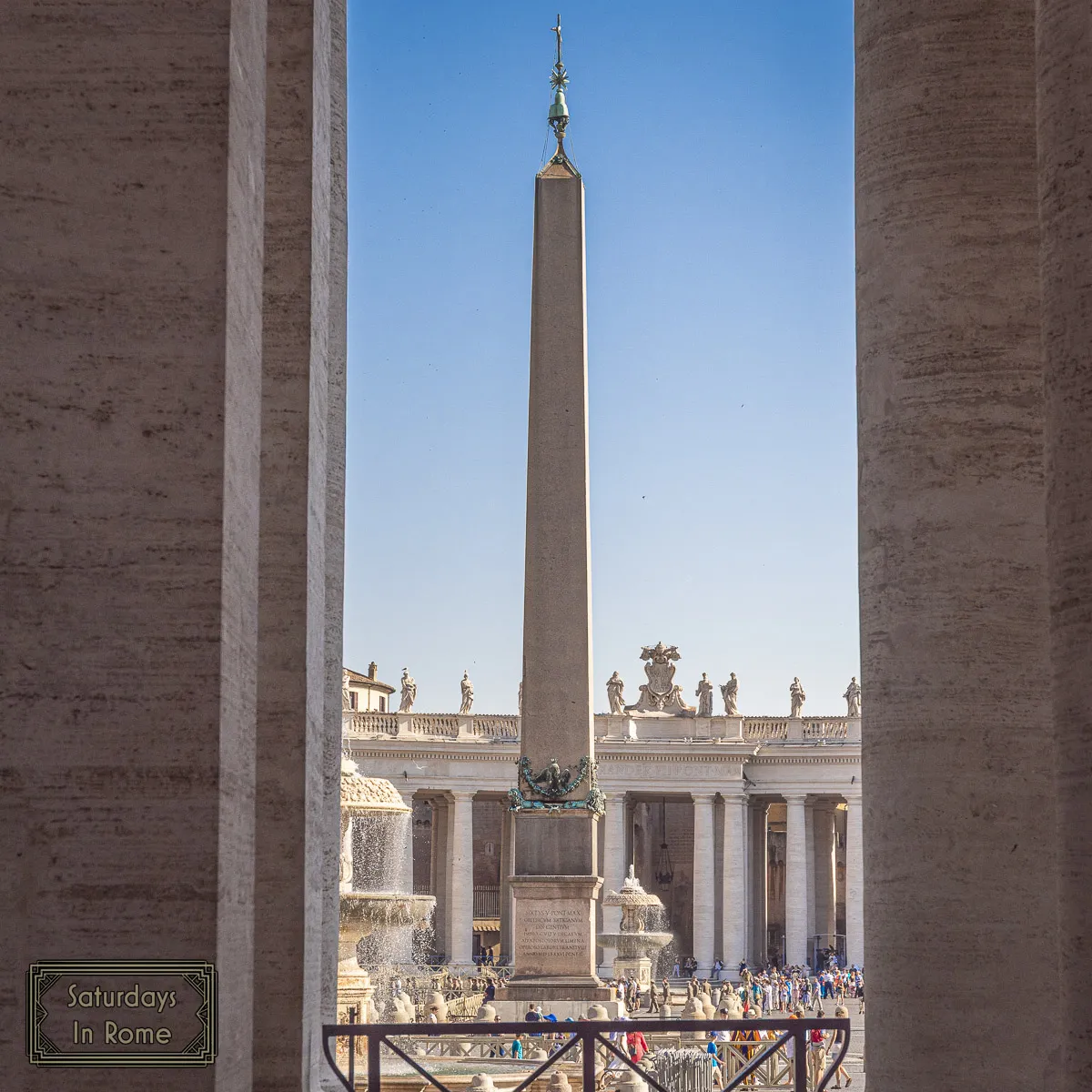
- Obelisk of St. Peter’s Square (Vatican Obelisk)
Standing at the center of St. Peter’s Square, this obelisk has an extraordinary history. It is the best known of Rome’s obelisks, but little is known of its origins in Egypt because it bears no hieroglyphics.
It is known as the Vatican Obelisk because of its location and sometimes called Caligula’s Obelisk because in 37 AD Emperor Caligula brought it from Egypt and originally used it to decorate his Circus. The bronze globe atop the obelisk once was believed to contain Julius Caesar’s ashes, but in reality, it is solid and contains nothing.
- Obelisk of Piazza Navona – Not Real Egyptian
This obelisk isn’t a real Egyptian. It crowns Bernini’s famous Fountain of the Four Rivers in Piazza Navona, one of Rome’s liveliest squares. Although it’s Egyptian in style, it was actually created in the Roman period for the emperor Domitian.
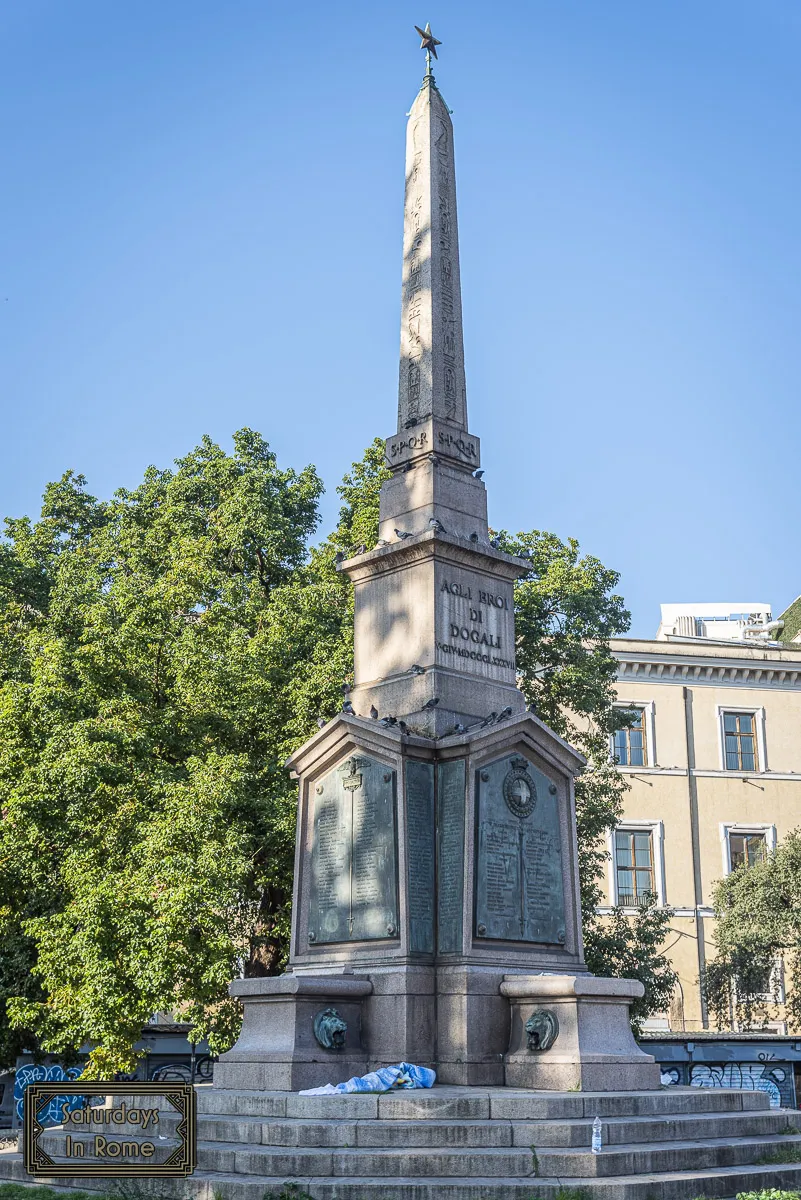
More Obelisks
You can probably tell that I’ve only included the 6 obelisks that you are most likely to encounter on your vacation in Rome. There are others, which are also amazing, but in locations that you might not have considered visiting. For more information on the remaining Egyptian Obelisks, be sure to read:
- The Ancient Egyptian Obelisks In Rome – Your Guide
- Egyptian Obelisks In Rome: All That You Need To Know
The Pyramid Of Cestius
Egyptomania reaches new heights with the Pyramid of Cestius. Obelisks weren’t the only Egyptian imports to Rome. After Egypt became a Roman province, a craze for Egyptian styles swept elite Roman society. Egyptian temples and motifs appeared across the city, and a few wealthy individuals commissioned pyramids for their tombs.
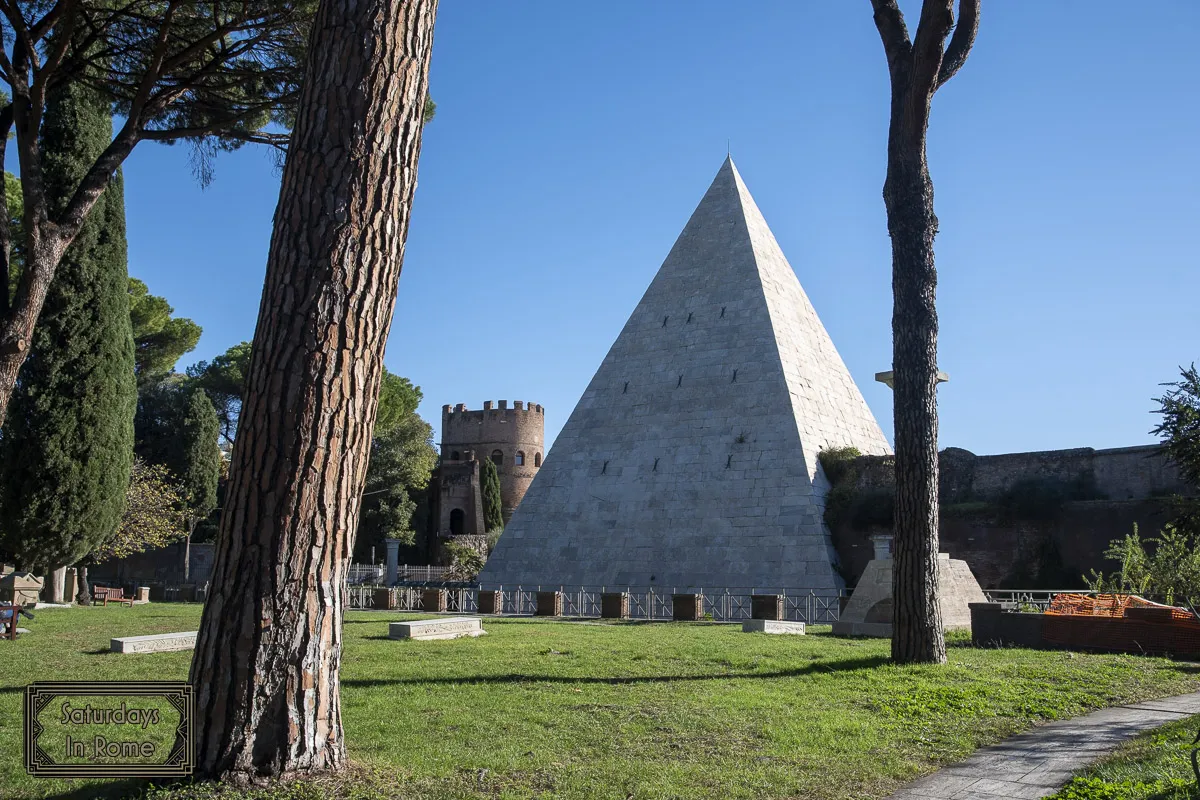
The Pyramid of Caius Cestius was not the only pyramid built in Rome. In the 1st century BC, in fact, two pyramids were placed where today the twin churches of Piazza del Popolo stand, and one was along Via della Conciliazione, the main road leading into Vatican City. Only one remains today, the Pyramid of Cestius.
Who Was Gaius Cestius?
Gaius Cestius was a magistrate and tribune of the lower class plebs Seeking an everlasting monument, he opted for an Egyptian-style pyramid tomb. An inscription on the outside wall of the pyramid identifies him and records that it was, according to his will, to be completed in just 330 days.
Construction Of The Pyramid
Built more than 2,000 years ago, between 18 and 12 B.C., the Pyramid of Cestius is a remarkable fusion of Egyptian inspiration and Roman engineering:
- Building Materials: Constructed of brick and cement, with a bright white cover made from large blocks of Carrara marble, which are in stark contrast to the darker surrounding Aurelian Walls.
- Dimensions: Roughly 118 feet (36 meters) high and almost 100 feet (30 meters) at the base.
- Interior: A burial chamber was originally decorated with frescoes, sone of which survive today.
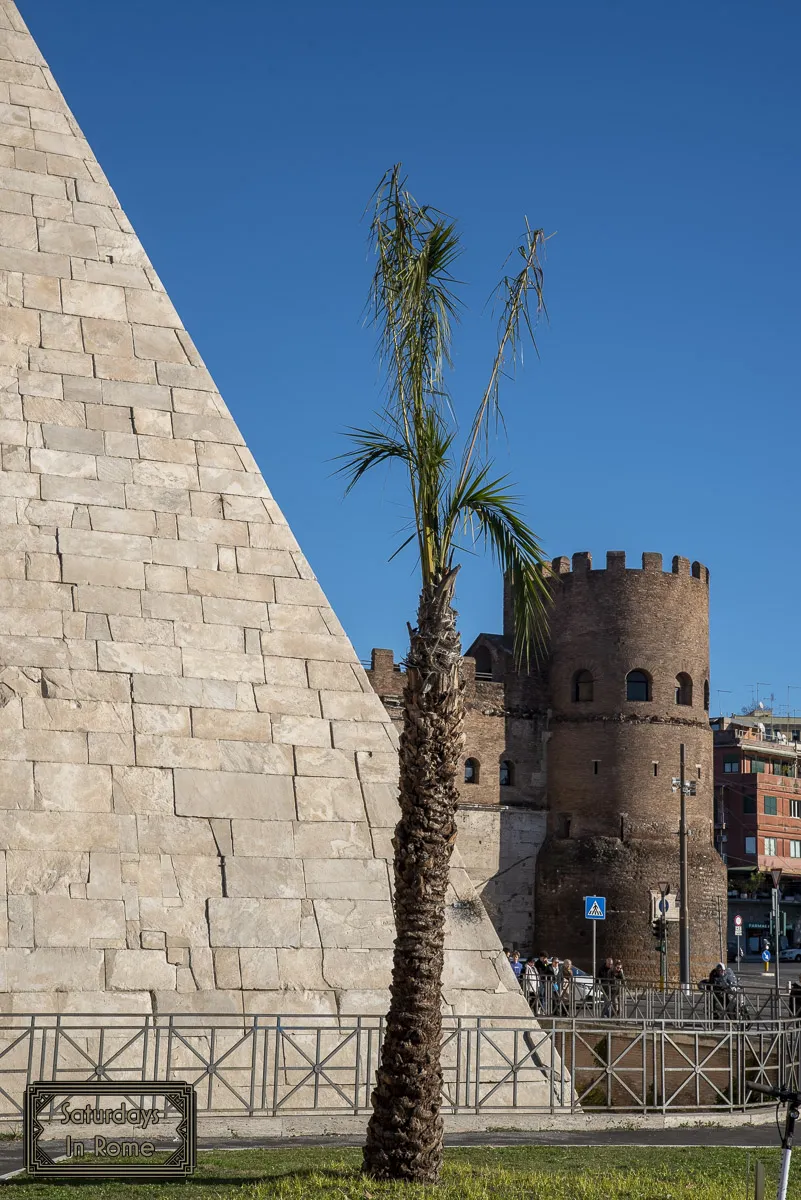
The pyramid’s stark, sharp silhouette stands out dramatically against the Roman skyline. If you are interested in visiting the Pyramid, and you should, know that it is close to Testaccio, the Ostiense train station and a large Eataly.
How The Pyramid Survived
Many Roman era monuments fell into ruin during the Middle Ages, but the Pyramid of Cestius was spared, thanks to the Aurelian Walls. In the 3rd century, it was incorporated into Rome’s new defensive wall system, which preserved it from being scavenged for building material. Later restorations, some as recently as 2001 and 2011 have kept the pyramid in remarkable condition.
Visiting The Pyramid Today
Today, the Pyramid of Cestius can be admired from the bustling Piazzale Ostiense, near the Porta San Paolo. This door is one of the passages through the ancient Aurelian walls.
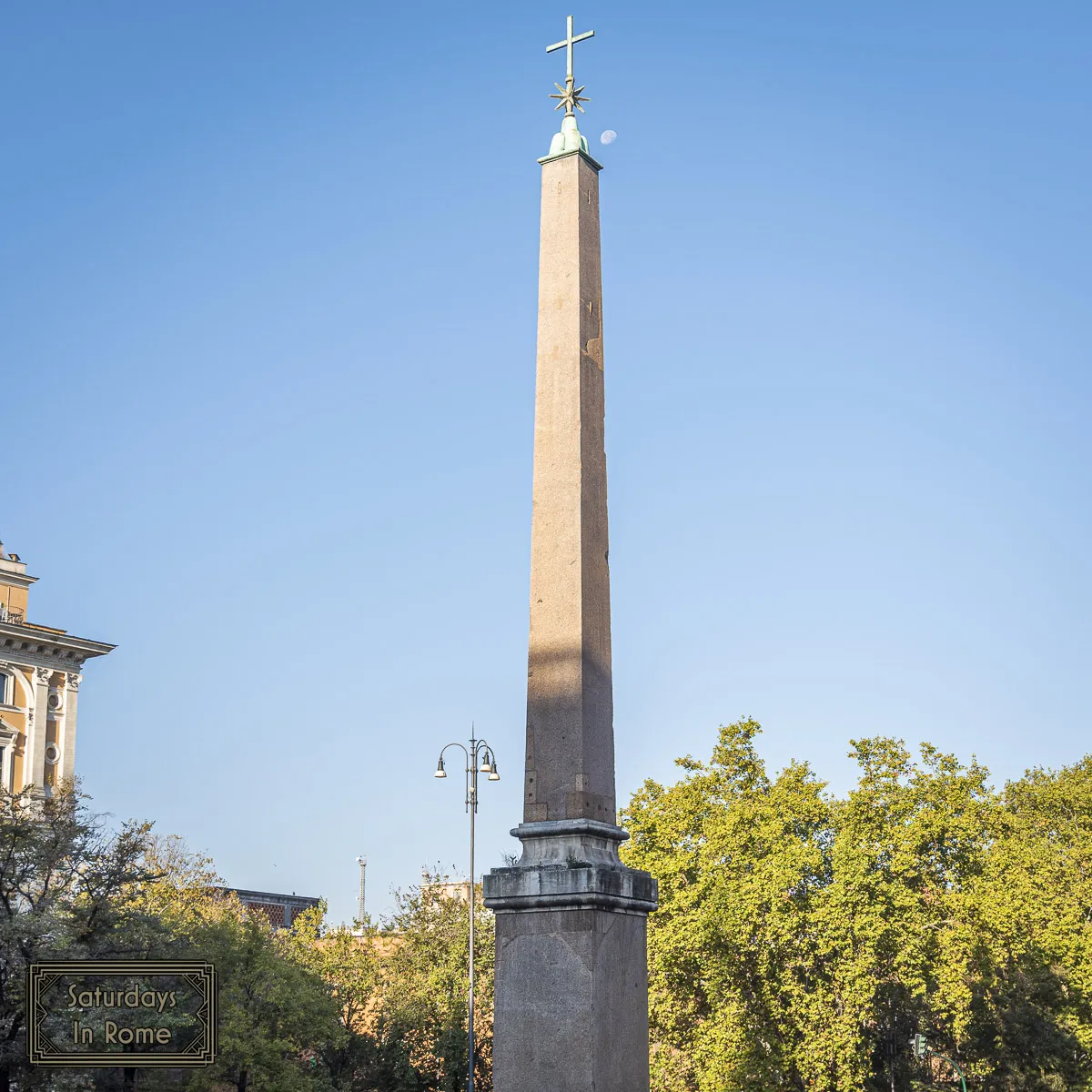
You can view it from outside at any time, but the interior is accessible only on special guided tours, typically offered a few times each month. These tours allow visitors to step inside the burial chamber and view remnants of the ancient frescoes.
Nearby, you’ll also find:
- Porta San Paolo: One of the southern gates of the Aurelian Walls.
- Protestant Cemetery: Final resting place of poets John Keats and Percy Bysshe Shelley — a peaceful and poetic escape from the city’s bustle.
- Cat Sanctuary – An area around the pyramid, called I Gatti della Piramide, is one of the areas where cats can roam undisturbed!
Plan your visit with our detailed guide: “The Egyptian Pyramid In Rome Is Well Worth A Visit”
More Egyptian Love In Rome
The real Egyptian obelisks and the Pyramid of Cestius are among Rome’s most fascinating and overlooked treasures. They tell a story of cultural admiration, imperial ambition and enduring craftsmanship that bridges two of the greatest civilizations in history.
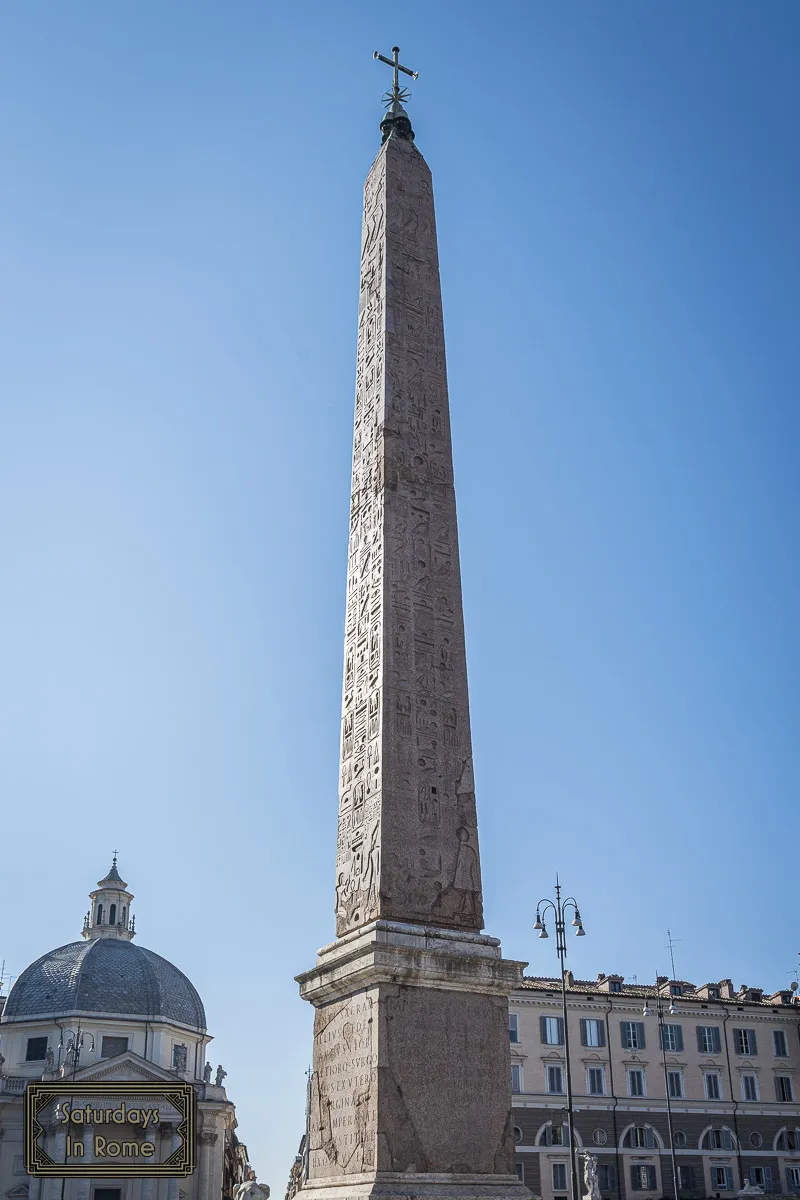
Visiting these monuments allows you to experience a side of Rome that feels wonderfully unexpected; a reminder that the city’s layers of history stretch well beyond the Ancient Roman grandeur into the mystique of ancient Egypt itself.
Whether you’re marveling at an obelisk’s intricate hieroglyphs or standing before a real Roman pyramid, these sites invite you to reflect on the timelessness of human achievement.
Ready to explore further? Check out our full guides to help you plan your Egyptian-themed adventure in the heart of Rome:
- Top Sites to See in Rome: Our Complete Guide.
- The Roman Colosseum: An Icon of The Ancient World.
- Exploring Rome Parks: A Guide to the City’s Greenspaces.
- Exploring The Great Churches of Rome One Altar At A Time.
- The Seven Pilgrim Churches Of Rome Are A Way To Connect.
- Understanding Rome’s Neighborhoods For The First Time Visitor.
- The Beautiful Rome Fountains You Must See On Your Next Visit.
- Modern Sites In Rome: Contemporary Sites Worth Visiting.
- Ancient Sites In Rome – Exploring the Most Important Sites.
- Beautiful Places In Rome, Italy That Shouldn’t Be Missed.
- Bad Tourist Behavior In Italy Needs To Be Avoided By All.
- The Ancient Egyptian Obelisks In Rome – Your Guide.
- Egyptian Obelisks In Rome: All That You Need To Know.
- The Egyptian Pyramid In Rome Is Well Worth A Visit.

